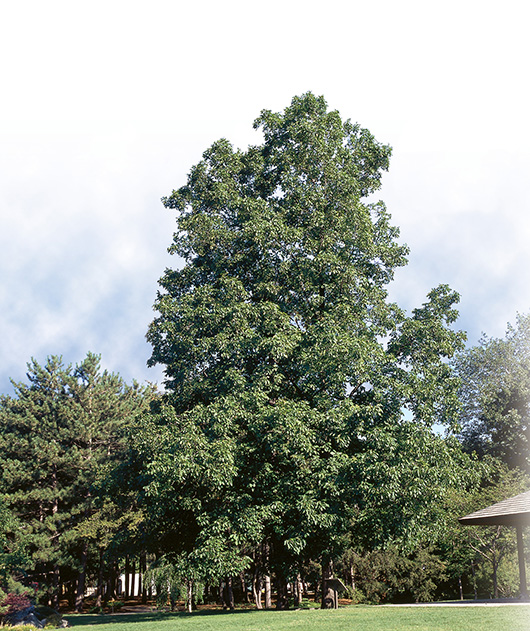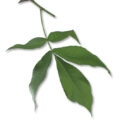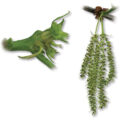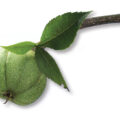
- Family :
- Juglandacées
- Origin :
- Native
- Hardiness :
- 4b
- Exposition :
- Shade or partial shade
- Height at maturity :
- 23 m
- Spread at maturity :
- 17 m
- Spacing requirement from power lines and infrastructure :
- 11 m
- Tree size :
- Large
- Crown shape :
- Ovoid
- Growth rate :
- Slow
- Soil and moisture :
- Rich, fresh and well-drained
- Roots :
- Deep
- Tolerance to pollution :
- Low
- Tolerance to road salt :
- Average
- Tolerance to spray salt :
- Average
- Tolerance to compaction :
- Average
- Common problems (disease, fungus, insects) :
- Few pathological and entomological problems
- Special comments :
- Rustic, indigenous to Quebec. In spring, its unfolding leaves look like magnificent flowers and beautify the garden.
- Photo sources :
- https://arbres.hydroquebec.com/fiche-arbre-arbuste/4547





